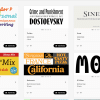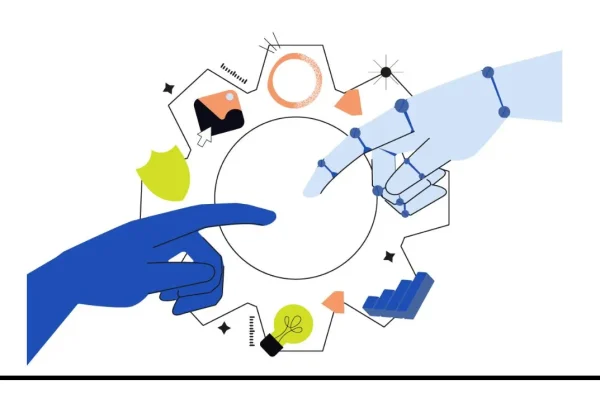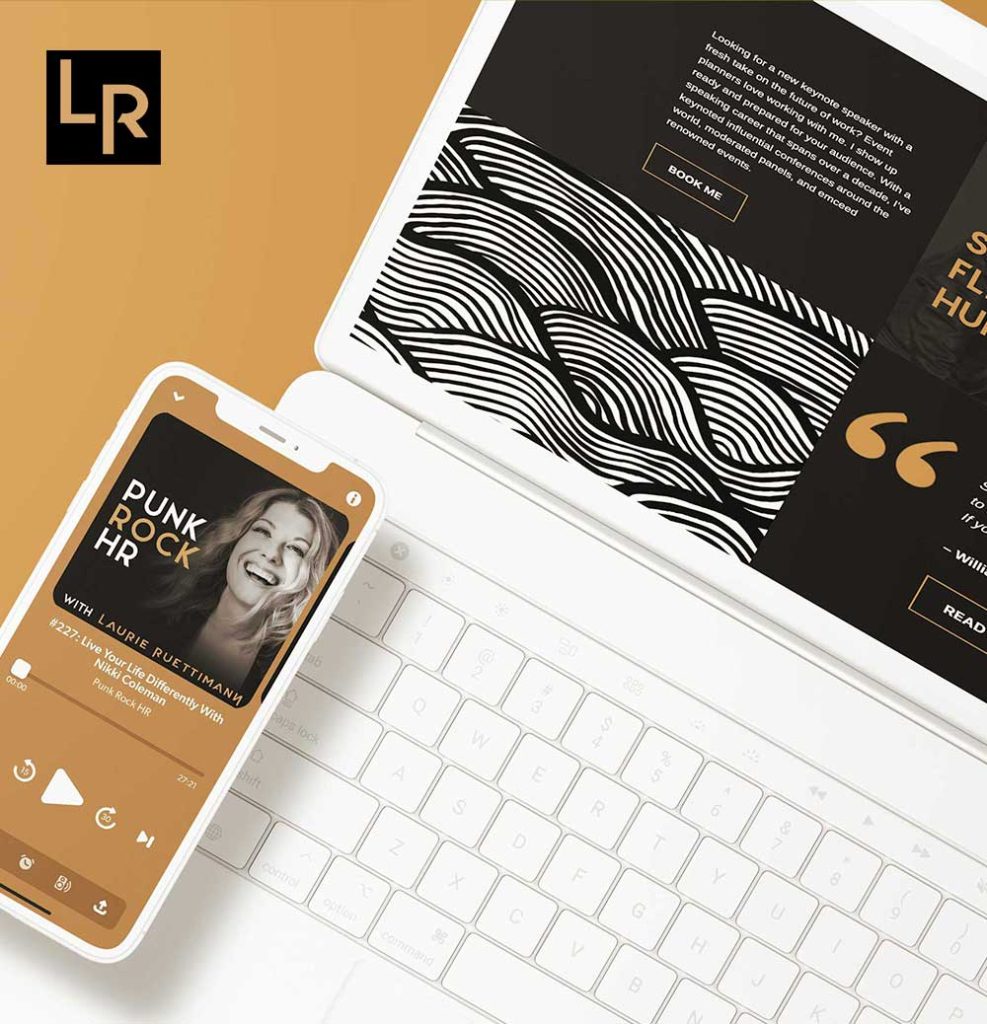Congratulations, you have a new website. After hours of design iterations, you have a look and feel that is perfect for your brand. Now what? Will your site show up in search?
How will people find your brand? Of course, the idea here is that you have such compelling brand power that people are just seeking your brand out by name. Brand recognition is a process that takes time, and although big brands that have been around for decades may garner this kind of search power, the reality for most brands, particularly those just starting out, few people are searching for you by name.
Content
Search engines don’t care what your website looks like, but they do care about what you put on it. Your website needs to be more than just a pretty face. What is on the inside is what really counts. Content matters. Content is still king, queen and everything in between. Now, to be clear, we are not advocating for skimping on design. Consumers will care what your website looks like, and it should be representative of your brand. But, if you want to appear in search results, you better have a content strategy in place.
Keyword Research
Don’t tell your high school English teacher we mentioned this, but outside of generally good on-page website optimization, keywords are likely the most important thing that you should focus on when creating content. Again, let us not underestimate the importance of proper grammar. If you want your business to be taken seriously by consumers, spelling counts.
But, we are talking about searchability here. If you’re going to be found in a search, then you need to have the right keywords baked into your content. People use search engines like Google to look for solutions. Your business offers a product or service that can be their solution. In order to rank in search results, your content must contain the popular keywords found in the search term people are using.
Title Tags and Alternate Text
Your most important keywords should be appropriately highlighted using title or header tags. These tags are what search engines use to identify content that you have deemed as “important” on this page. The <h1> tag, for example, is the largest, boldest font on a website page. Use of these tags should be reserved for the content that you want to bring both to the reader’s attention as well as let search engines know that you offer a solution to the search.
*Pro Tip: Do not turn all of the content on your page into header font. This action won’t make your content anymore significant to Google, and your audience will think you are yelling at them.
Alternate text is another commonly overlooked function of searchability. Pay attention to image search. Featuring stunning images or infographics on your website will undoubtedly make you stand out to visitors, but only if they find you. Be sure to take time to label all of your images and associate relevant titles and descriptions with them. Left untouched, they are irrelevant in search.
Confused about content and search or wondering if your website stands up? Request a proposal from 90 Degree Design today. We build brands that get discovered.















